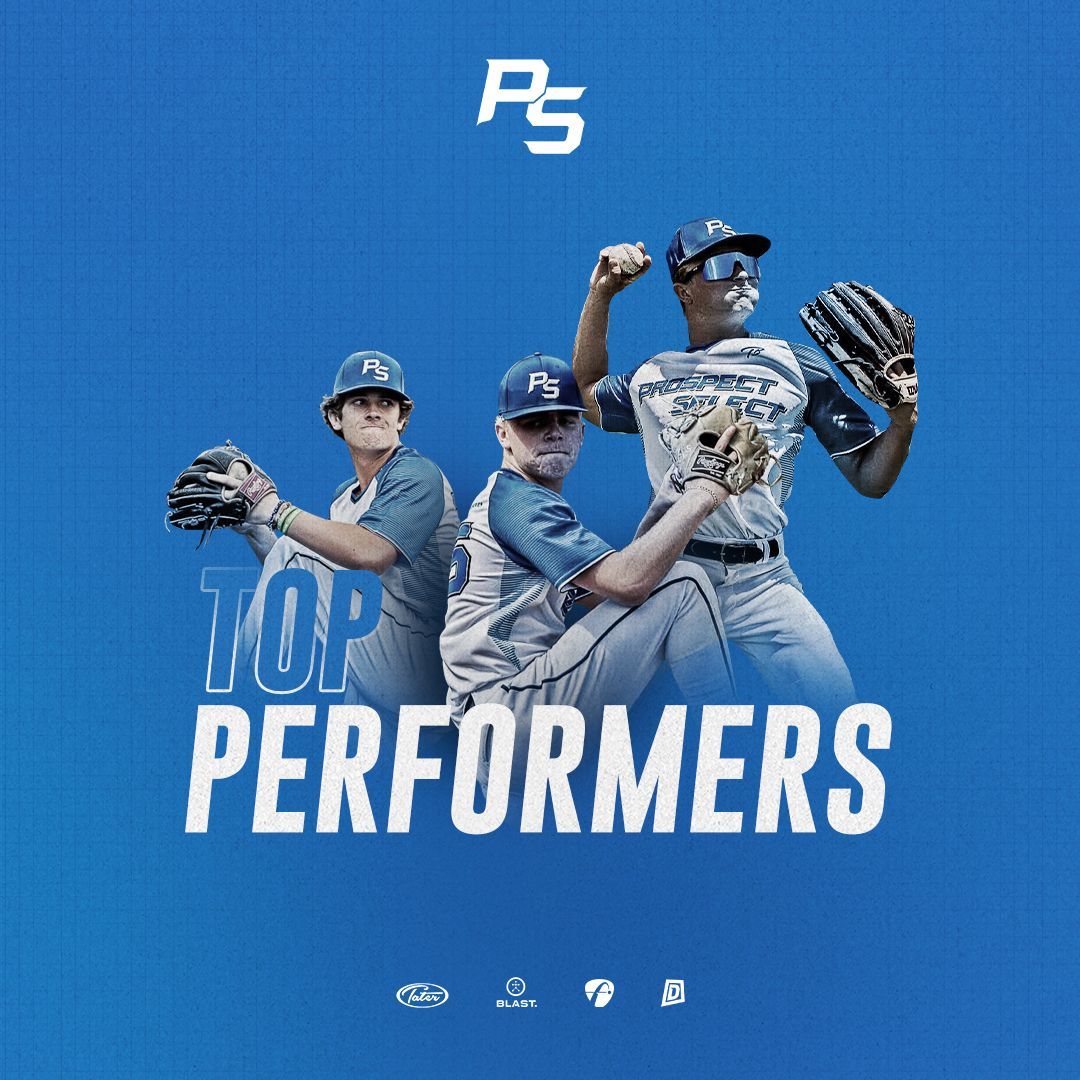Why are Prospect Select Profiles Different?
In-Game Data + Video
Shows Performance Under Pressure – In-game video and data provide coaches with the most authentic view of how you respond when the game’s on the line — whether it’s making a clutch pitch, delivering a key hit, or executing a defensive play under stress. These moments can’t be recreated in a showcase setting, and they’re what recruiters trust most when evaluating poise and competitiveness.
Goes Beyond Showcase Setting – Showcases are controlled, low-stakes environments where players often operate on adrenaline and pre-scripted routines. In contrast, in-game footage and performance metrics show how you produce when there’s actual scoreboard pressure — where situational awareness, decision-making, and execution truly matter.
Captures Real, Unscripted Performance in Unpredictable Situations – Baseball rarely goes according to plan — and in-game data paired with video lets coaches see how you handle chaos. Whether it’s dealing with a bad call, fielding a weird hop, or adjusting to a pitcher’s rhythm, this content captures your instinctual reactions and game IQ in ways no workout ever could.
Highlights Mental Toughness – Everyone makes mistakes — but how do you respond? In-game sequences reveal your body language, confidence, and bounce-back ability after a strikeout, error, or tough inning. Data can back this up by showing trends in performance after adversity, while video adds depth to the mental side coaches care deeply about.
Demonstrates Endurance and Focus – Fatigue is a factor in every game, especially over multiple innings or back-to-back days. Video highlights how you maintain mechanics and focus deep into competition, while in-game metrics (like velocity dips, swing decisions, or reaction times) can quantify how well you compete when tired — something that separates good players from elite ones.
Perform when the lights are on!

